Unsurprisingly, we don’t tend to openly discuss how many kilowatt-hours of electricity we use with our peers. It’s not exactly a conversation that sparks (geddit?) a lot of interest.
So how do we ever know if the amount of electricity we’re using on a daily basis is ‘normal’? Are we using about the same as is typical, or are we way above average?
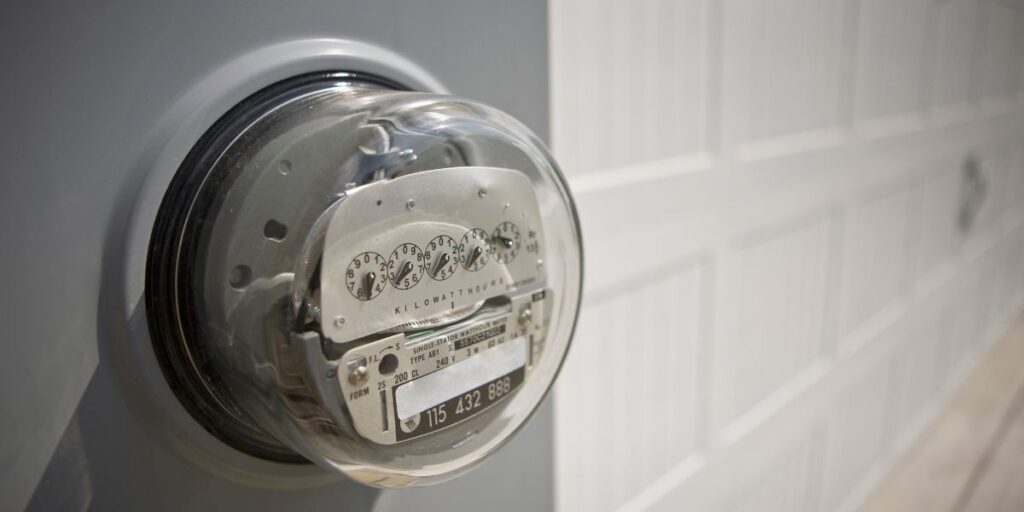
This is good information to know because it’ll help you to determine whether you need to take steps to reduce your consumption.
So let’s take a look.
How many kWh of electricity does a house use per day?
Typically, homes in the US will use between 17 and 39 kilowatt-hours of electricity per day on average, although some may use more and some may use less. Your usage will primarily depend on the size of your home and your cooling or heating needs.
The most power-hungry devices in any home are air conditioning units or heaters – anything which has to work to change the ambient temperature.
So if you live somewhere that is particularly warm, or particularly cold, then you’ll have to use more power to make your home comfortable.
And because these devices normally work on systems that control your whole home, the size of the property also matters. It takes less power to air condition a 2,000-square-foot home than it does a 3,000-square-foot home.
Suggested read: The Average Electricity Bill For A 3-Bedroom House
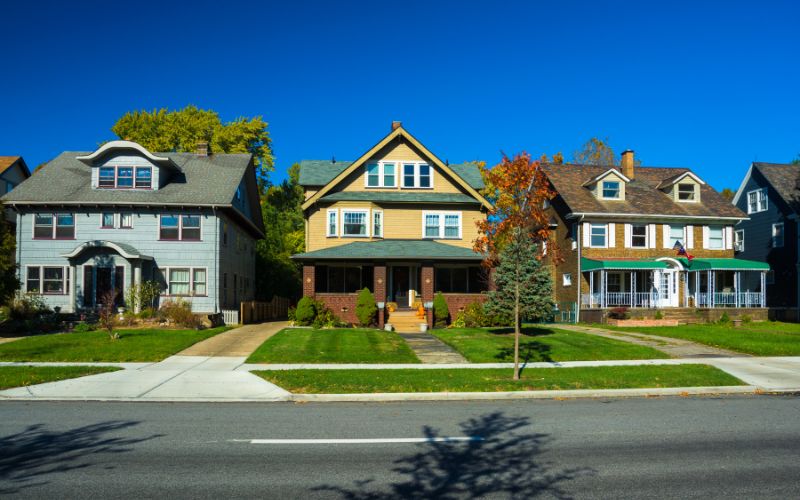
What is the average kWh usage per day?
In the US, the average electricity used per day is 29.35 kilowatt-hours. That’s an average of every state, calculated from the typical annual energy consumption of 10,715 kilowatt-hours.
But that does vary by a number of factors including, as I’ve said, the size of your home.
The average kilowatt-hours used every year in a 2,000-square-foot home is 11,604, which works out at just over 31 kilowatt-hours per day.
The average kilowatt-hours used every year in a 3,000 square-foot home is 14,210, which works out at just under 39 kilowatt-hours per day.
That’s a pretty significant difference, especially when you compare those annual stats – just over 2,600 kilowatt-hours a year more. At a typical cost of $0.14 per kilowatt-hour, that means a large home spends $364 a year more on electricity.
These statistics aren’t super up-to-date, with the latest Energy Information Administration stats only updated in 2015 when it comes to home sizes. But it has some other interesting comparisons too on things like the number of people living in a home, or annual income.
The stats are all given in British Thermal Units (BTU) but you can convert them easily enough using an online calculator, if you want to take a look.
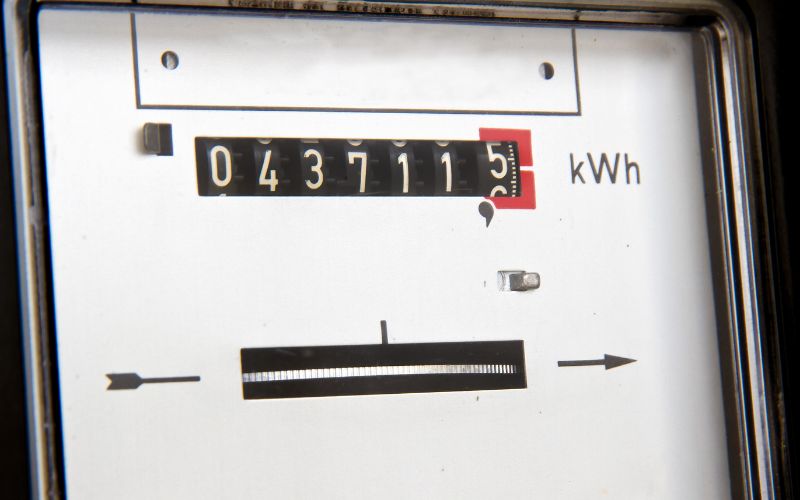
How many kWh per day is normal?
If you’re using less than 39 kilowatt-hours per day then you’re likely within the ‘normal’ range of electricity usage, unless you live in a very hot or cold climate or your home is 3,000 square feet or more.
If you’re regularly reaching 40 kilowatt-hours per day and you’re not having to use your air conditioning or heating a lot, or your home isn’t particularly large, then you may need to rethink how much power you’re using and look into ways of cutting down your consumption.
The time of the year will also need to be factored in because you might use more depending on the current climate.
The average kilowatt-hours per day in summer isn’t something standard but if you live somewhere hot, your consumption will likely increase potentially past 40 kilowatt-hours per day if you need to use your air conditioning a lot, and you live in a mid-to-large home.
Whereas in the summer if you generally live somewhere cooler your consumption might drop, since you don’t need to use the heating as much.
How do you calculate kWh per day?
The easiest way to work out how many kilowatt-hours per day you’re using is to check your smart meter, if you have one. This will tell you how many kilowatt-hours you’re using on a daily basis and will show you where the consumption is spiking, which will help you identify which appliances or devices are consuming the most power.
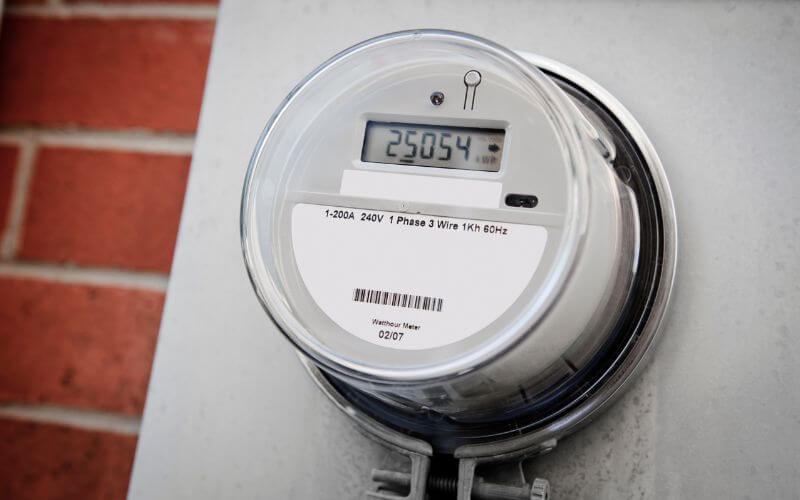
If you don’t have a smart meter, then check your energy bills – you’ll normally get a breakdown of how many kilowatt-hours you’ve used over a month or a three-month period, so just divide that by the number of days.
If neither of these is an option, you could work out how much power the devices in your home are using, but that’ll take time to add everything together. You’d take the wattage of every appliance and multiply it by the number of hours you’re using it for. That gives you the watt-hours used. Then divide this by 1,000 to get the kilowatt-hours.
How To Reduce Your Home Electricity Usage
If you’ve worked out that you’re using more power than is typical, there are a number of ways you can cut down on your energy use.
1. Insulate your home
Like I say, the most power-hungry devices in your home are those used to either heat or cool the air. Anything you can do to help rely on those less will help you to cut down on your power consumption.
So you can look into more effective insulation for your home, especially if it’s an older property that may not have good quality insulation materials in the wall cavities and ceiling.
But there are cheaper options too…
First, are you dealing with any draughts in your home that cause a chill? Can you identify their source, and either repair your home if it’s an external draft or just use a simple draught excluder to cut down on the airflow through the room?
Then there are some great tricks you can do with windows, including adding bubble wrap or saran wrap. These can help to trap warm air during the cooler months, but they can also help to retain cooler air inside your home on those hotter days.
Even if you think it’s not the most attractive solution, you can make a difference just by using it in rooms that you don’t spend a lot of time in – everything helps.
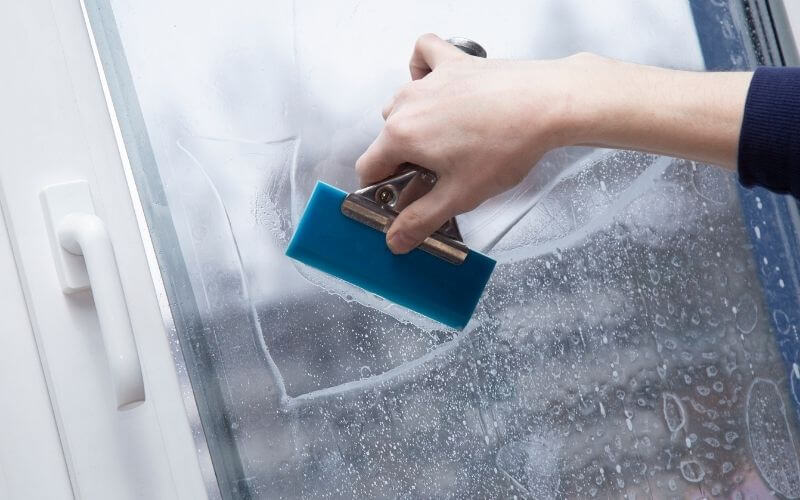
2. Turn off anything you aren’t using
Devices draw power at all times if they are switched on, and you can help to claw some of that back by making sure you switch everything off when you don’t need to use it.
TVs and lights are usually the biggest and most obvious devices that we leave switched on unnecessarily – either we’ll have the TV on in the background, or we’ll just forget that we’ve left the lights on.
Read more: Does Leaving The TV On Waste Electricity?
And while these devices don’t exactly draw a huge amount of power, it’s still wasted energy. You can learn good habits by turning them off regularly and, over time, the savings will all add up.
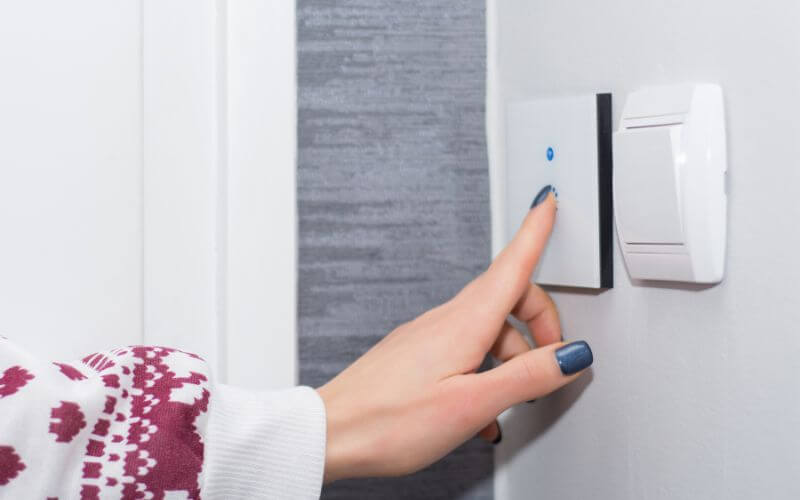
Computers are another one that we may think about less, especially those with a higher spec such as a gaming PC. These can use a lot of power and if we’ve just left them on while we take a break for a while, we’re wasting energy.
Read more: How Many Watts Does A Gaming PC Use?
3. Cut down on unnecessary power use
Sometimes it’s not so much about devices that we should turn off, but those that we can be more clever with when we use them.
Showers are a great example. I know that sometimes a hot shower can be extremely refreshing, but heating that water can be another of the top five power draws in your home. If you can find a way to cut your shower time in half, you’ll be amazed at the difference that makes.
Cooking is another one – ovens, in particular, require a huge amount of energy (again – anything which involves heating or cooling). So can you maybe start doing some batch cooking, where you cook multiple meals at once, that maybe only need a short reheat? Or consider using a crockpot or an airfryer rather than a large oven.
Think about everything you’re using at home, and work out which devices and appliances you can either cut down on, or that you can find lower-powered alternatives for.
Read more: How Much Electricity Does A Crock Pot Use?
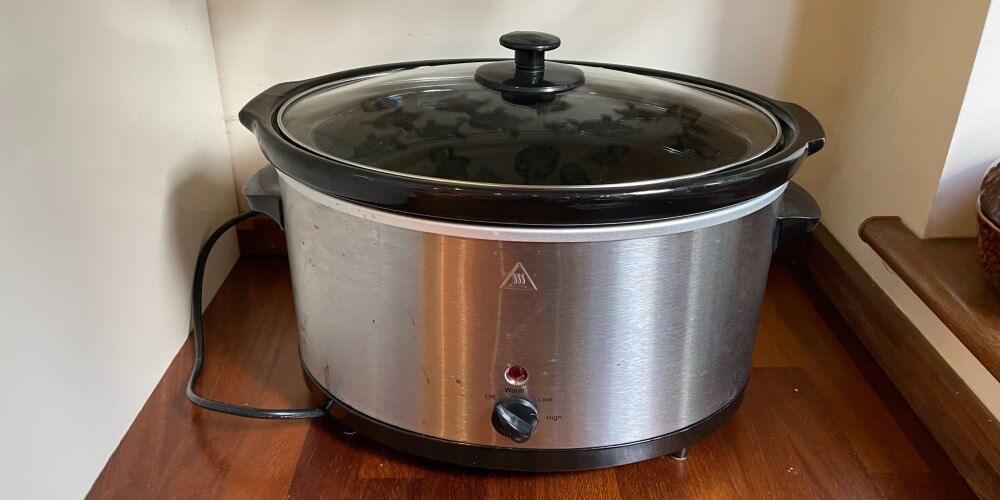
4. Invest in energy-saving devices
There are some great energy-saving devices that you can buy which will help to bring down the amount of power you’re using.
Whether it’s appliances you can use instead of your day-to-day power-hungry alternatives, or ways of making your existing devices more efficient, these are great tools to save on energy.
And yes, they’re an investment – you have to pay more upfront to buy them, but then the savings could last you for years, meaning you’ll easily earn back their value and a lot more.
Read more: Best Energy Saving Devices For Homes
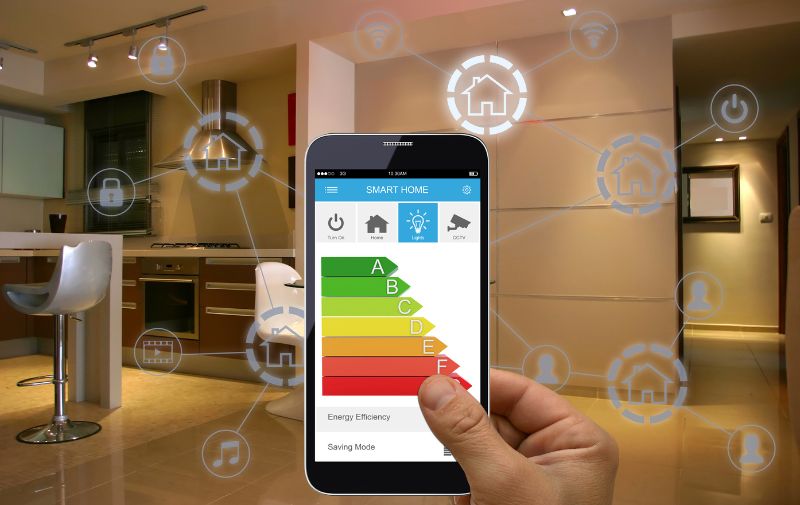
My Recommendation
Whether you have a passion for the environment and you want to find ways to use less power to reduce our footprint on the planet, or you have a passion for saving money, it is absolutely worth spending some time looking at your energy bills and power consumption in detail, and working out where you can save money.
Even if you’re using the average amount, or less than average, you can likely find ways to save. But if you’re above average then there are likely some easy wins available, and you’ll quickly enjoy the benefit of smaller bills.
